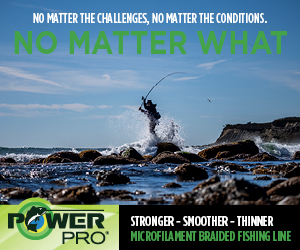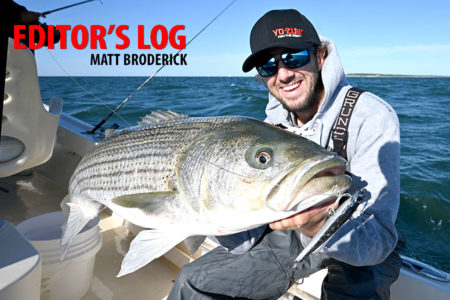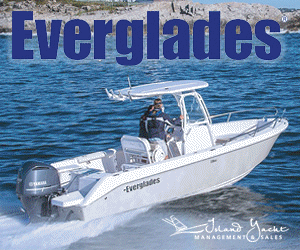On October 30, we should know more about 2020 striped bass regulations. The Atlantic Striped Bass Management Board is expected to wrap up its discussion at the Atlantic States Marine Fisheries Commission (ASFMC) meeting in New Hampshire that day at 5:45 p.m. with consideration of approving Addendum VI to the striped bass management plan. When it comes to breaking news, be sure to check TheFisherman.com.
Heading into the late summer public hearings, I saw quite a few “doom and gloom” blogs warning against bad industry folks like for-hire captains and tackle shops who were going to try undermining the process. Honestly, I never saw any of that. What I did see were a lot of private anglers and industry folks alike genuinely concerned about seeing fewer stripers on inshore waters in recent years, and mostly willing to accept cuts, so long as the science was solid.
At the hearings I attended, many seemed taken aback by the data, particularly the recreational harvest numbers related to “catch and release” mortality estimates. If you remember, MRFSS (Marine Recreational Fishing Statistical Survey) was the old methodology whereby recreational catch was derived by sample interviews conducted by government contractors on the docks coupled with recreational effort data gleaned from random phone calls out of a phone book. MRFSS was deemed “fatally flawed” by the National Academy of Sciences, and Congress responded by requiring that states to keep an angler database for contacts.
Today, instead of MRFSS, we have MRIP (Marine Recreational Information Program) whereby catch is derived by sample dockside interviews conducted by the individual states and effort is collected through postcards sent to random addresses taken from phone books (sprinkled with a few token contacts from the registration database). No, I’m not kidding; essentially, NOAA Fisheries switched over from phone calls to postcards while continuing to use randomization methods rather than the active angler database alone.
At the Manahawkin hearing, I conducted my own random survey of the 90 or so attendees to see if anyone had actually received a postcard from NOAA. Six hands went up. Now, some might see 6 out of 90 as a poor ratio, but I was actually pretty impressed; five years ago I rarely found a raised hand when conducting similar polls. But then I realized that FIVE of those hands were all seated side-by-side in a single row in Manahawkin, a pretty strange coincidence. Stranger still was that one hand belonged to a NOAA Fisheries staffer, another of that staffer’s spouse.
I wish I was joking. If NOAA Fisheries sends multiple surveys to the same address, there’s obviously a glitch in the methodology. If they’re purposely including NOAA Fisheries staffers in those mailings, I have to believe that NOAA’s system of harvest analysis remains at best, “fatally flawed,” and at worst an unmitigated disaster.
MRIP is ultimately used for tabulating release mortality rates. The 9% figure (9 of every 100 stripers released is statistically counted as dead) essentially smooths out somewhat higher numbers on areas like the Chesapeake where higher water temps and lower salinity levels result in more dead discards in the summer, against lower mortality rates on the open ocean during the fall run for example. Whatever ASMFC ultimately decides, it will be up to us to do what we can to reduce that overall mortality rate wherever possible.
The Fisherman recently launched a new campaign to help reinforce the need to Release properly, Reduce mortality and Rebuild striped bass. Look for the Release, Reduce and Rebuild logo regularly in The Fisherman for tips and tactics for continuing to address that recreational discard rate. While we can’t do much to address the fatality in NOAA’s data collection, we can at the very least help reduce fatality when recycling stripers for another day.





